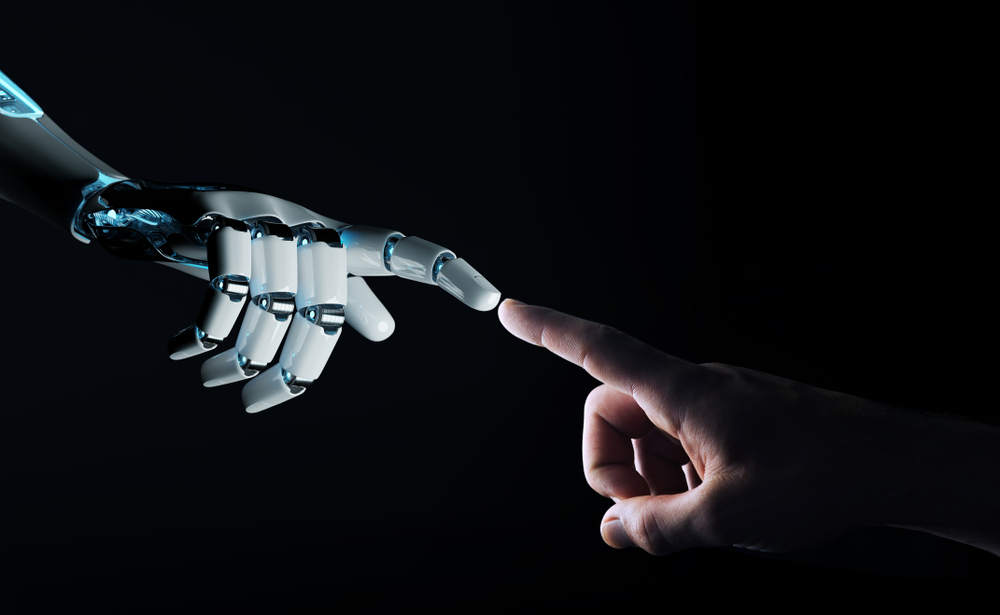
The U.S. Army Combat Capabilities Development Command’s Army Research Laboratory is working with researchers at Duke University and the University of North Carolina on a new form of robotics called “biohybrids.” Biohybrid robots would use real muscle to move and manipulate their environments, instead of mechanical arms, wheels, tracks, and other systems to function.
“Though impressive in their own right, today’s robots are deployed to serve a limited purpose then are retrieved some minutes later,” said Dr. Dean Culver, a research scientist at the laboratory. “ARL wants robots to be versatile teammates capable of going anywhere soldiers can and more, adapting to the needs of any given situation.”
The first applications of bio hybrids will be focused on the legs of locomotion platforms and flapping drones. The Army has previously been working on its Legged Locomotion and Movement Adaptation research platform (LLAMA) which studied the use of a four-legged robot for navigating rough terrain. The U.S. Marine Corps’ Legged Squad Support System (LS3) was a Boston Dynamics designed and DARPA-funded project for a legged robot which could function autonomously as a packhorse for a squad of soldiers or marines. LS3 was scrapped as it was deemed to be too loud for discreet functioning in the field.
“One obstacle that faces ground-based robots today is an inability to instantly adjust or adapt to unstable terrain,” Culver said. “Muscle actuation, though certainly not solely responsible for it, is a big contributor to animals’ ability to navigate uneven and unreliable terrain. Similarly, flapping wings and flying organisms’ ability to reconfigure their envelope gives them the ability to dart here and there even among branches. In multi-domain operations, this kind of agility and versatility means otherwise inaccessible areas are now viable, and those options can be critical to the U.S. military’s success.”
